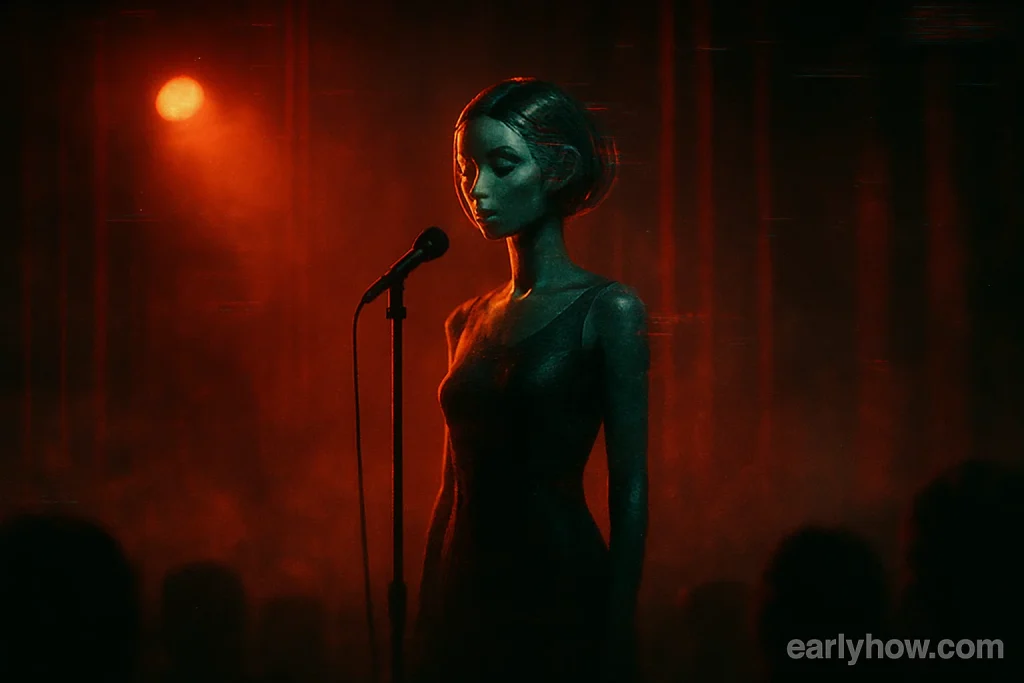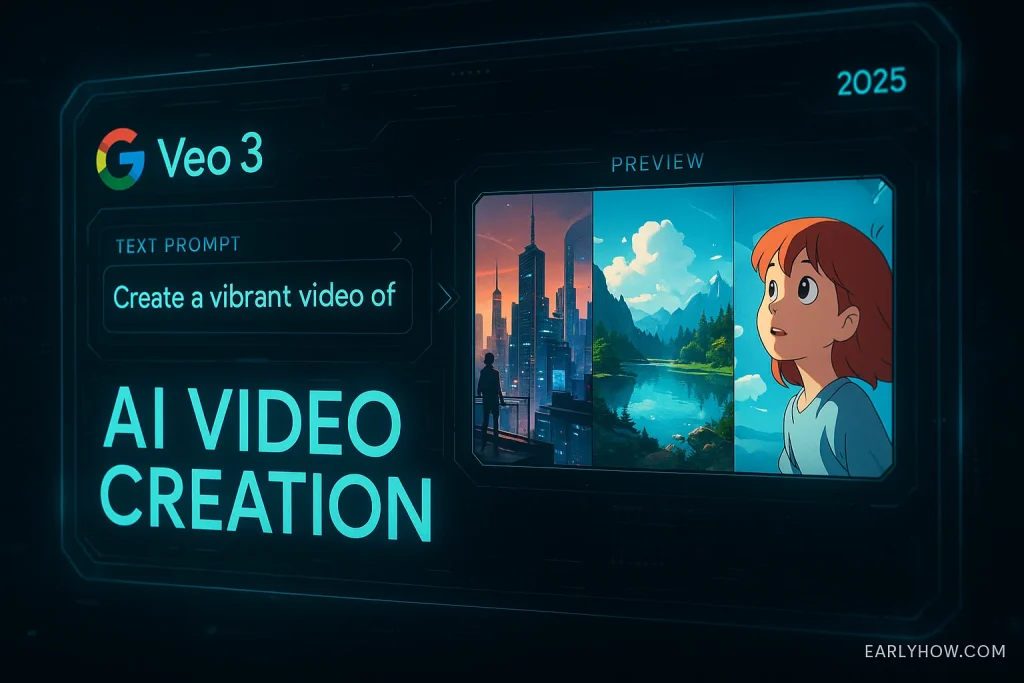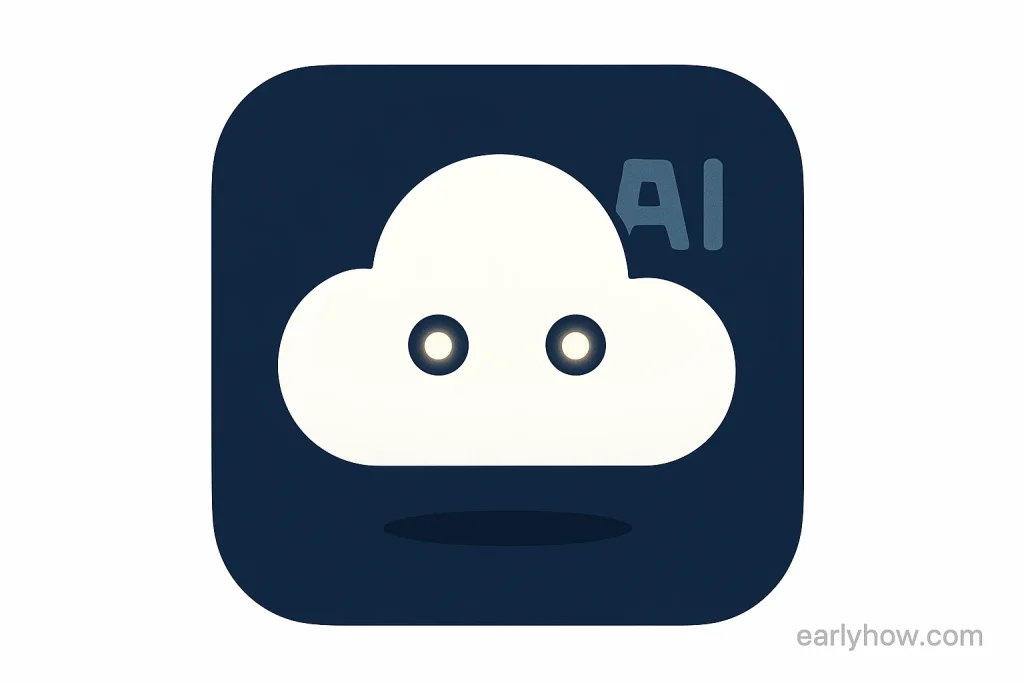The rise of AI-generated content has reached a new, emotional frontier: bringing back the dead. Recent clips of Robin Williams and Tupac Shakur—digitally re-created through AI—have ignited widespread backlash across Hollywood. While some viewed the projects as tributes, others labeled them unethical and invasive.
The controversy has sparked serious debate about ownership, consent, and the boundaries of artificial intelligence in entertainment.
AI Isn’t Just Remembering—It’s Recreating
In recent weeks, digital recreations of both Robin Williams and Tupac emerged on social platforms. The Robin Williams video featured an AI-generated voice and likeness, mimicking his iconic comedic tone. Another viral clip used generative AI to simulate Tupac performing a new spoken-word monologue.
Though the projects weren’t affiliated with either artist’s family or estate, they quickly gained traction online. Fans were divided. Some praised the “technical achievement,” but many viewed the recreations as disrespectful—especially given the lack of consent.
Robin Williams’ daughter, Zelda Williams, called the use of her father’s image “disturbing” and “emotionally cruel.” She emphasized that her father had never approved of his legacy being used this way, especially by technologies that imitate rather than honor.
Industry Response: A Growing Demand for AI Boundaries
Hollywood’s reaction has been swift. Prominent actors, directors, and screenwriters are calling for urgent regulation of AI in media—particularly when it involves the likeness of deceased artists.
Several key concerns have surfaced:
- Use of an artist’s voice, face, or style without permission
- Emotional distress for families of the deceased
- The risk of AI-generated performances misrepresenting a person’s legacy
Industry guilds are now reviewing standard contracts to include AI clauses, preventing unauthorized use of a person’s likeness both during and after their lifetime.
A Legal Gray Zone with Global Implications
In the United States, publicity rights typically end upon a person’s death unless otherwise specified in a will or licensing agreement. But with AI, the lines blur—especially when tools can generate ultra-realistic speech and facial expressions using minimal training data.
Without global or federal legislation defining how AI can or cannot use public figures’ likenesses, studios and platforms are left to self-regulate. That’s proving insufficient, as backlash grows louder with each new digital resurrection.
Tribute or Exploitation? The Ethics Are in Question
Supporters of AI recreations argue that it offers a way to keep legacies alive or introduce past artists to new generations. But critics ask: at what cost?
These AI-generated performances are often made without context, family input, or creative oversight. Critics claim this strips away the very essence of the performer—turning them into a “digital puppet” rather than preserving their artistry.
There’s also the question of creative intent. If a celebrity never intended to take on a role, deliver a line, or endorse a message—should they be posthumously forced to?
Hollywood at a Crossroads
As AI tools become more accessible and powerful, the entertainment industry faces a defining moment. What began as digital experimentation has now become an ethical crisis—pitting technological possibility against emotional boundaries and human dignity.
Studio leaders, tech companies, and unions are starting to meet behind closed doors to address:
- Contractual protections for actors’ digital likenesses
- Clear requirements for estate permissions
- Accountability for misuse of AI in media and advertising
While AI offers new creative opportunities, it also opens doors to exploitation if not handled carefully.
What This Means for the Future of AI in Entertainment
This debate isn’t just about Robin Williams or Tupac—it’s about the future of performance itself. As generative tools continue to improve, the line between what’s real and what’s replicated will only get thinner.
The entertainment industry must now decide how to honor the past without erasing the humanity that shaped it.
EarlyHow.com will continue to cover these shifts, examining how AI challenges long-held assumptions in storytelling, identity, and legacy.



